Gender: Male
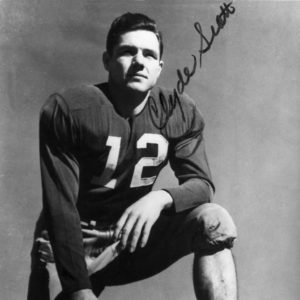 Clyde Scott
Clyde Scott
Scott, Clyde Luther “Smackover”
Scott, George Washington
Scott, James Powell
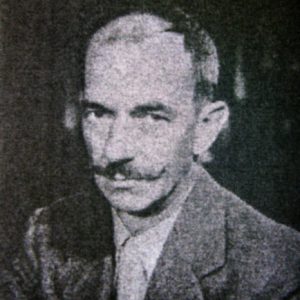 James Scott
James Scott
Scott, Ralph Downing, Sr.
Scruggs, David (Lynching of)
Seals, Frank “Son”
Seamster, Lee A.
Searcy and West Point, Scout to
Searcy County Draft War
Searcy, Richard
Searle, Elhanan J.
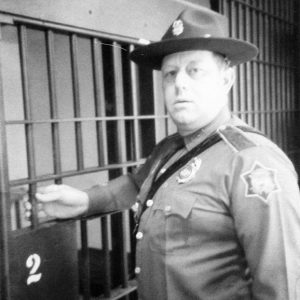 Eddie Seaton
Eddie Seaton
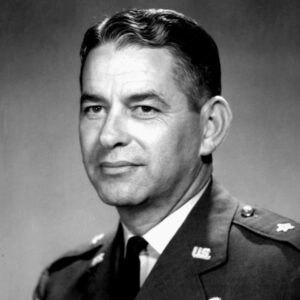 William T. Seawell
William T. Seawell
 William Sebastian
William Sebastian
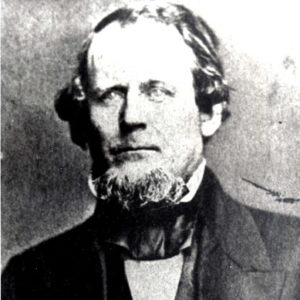 William Sebastian
William Sebastian
Sebastian, William King
Second Arkansas Cavalry (CS)
Second Arkansas Infantry (African Descent) (US)
aka: Fifty-fourth U.S. Colored Infantry
Second Arkansas Infantry (CS)
Second Arkansas Infantry (US)
Second Arkansas Infantry Battalion (CS)
 Second District Agricultural School Football Team
Second District Agricultural School Football Team
 Seed-of-Hope
Seed-of-Hope
Sees, Willis (Lynching of)
Segraves, Warren Dennis
Seiz, Bill
aka: William Augustav Seiz
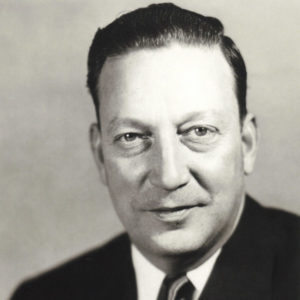 Bill Seiz
Bill Seiz
Selden, Joseph
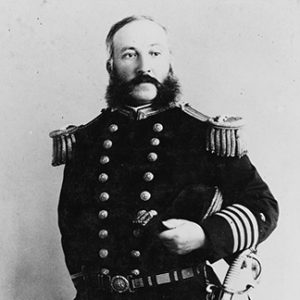 Thomas O. Selfridge
Thomas O. Selfridge
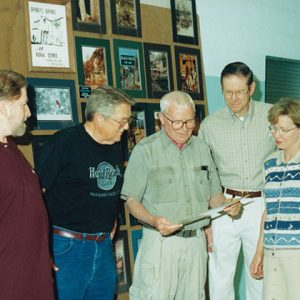 Barney Sellers
Barney Sellers
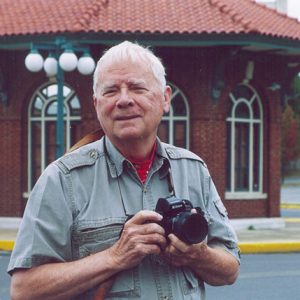 Barney Sellers
Barney Sellers
Sellers, Barney
Selph, Carey
 Semmes Law Firm
Semmes Law Firm
Semmes, Samuel Spencer
Sequoyah
aka: George Guess
aka: George Gist
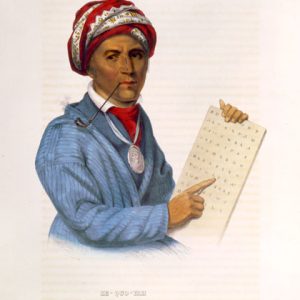 Sequoyah
Sequoyah
 Setting Backfire
Setting Backfire
Seventeenth Arkansas Infantry (CS)
Seventh Arkansas Infantry (CS)
Sevier County Lynching of 1881
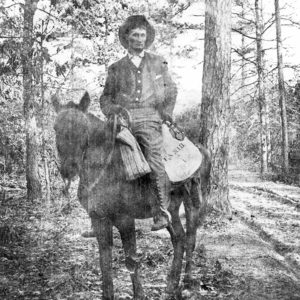 Sevier County Mail
Sevier County Mail
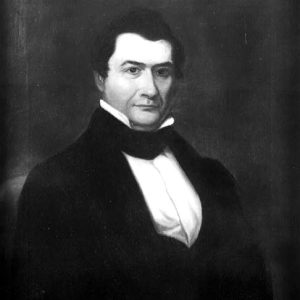 Ambrose Sevier
Ambrose Sevier
Sevier, Ambrose Hundley
 Mark Shank Execution Story
Mark Shank Execution Story
 Mark Shank Execution Story
Mark Shank Execution Story




